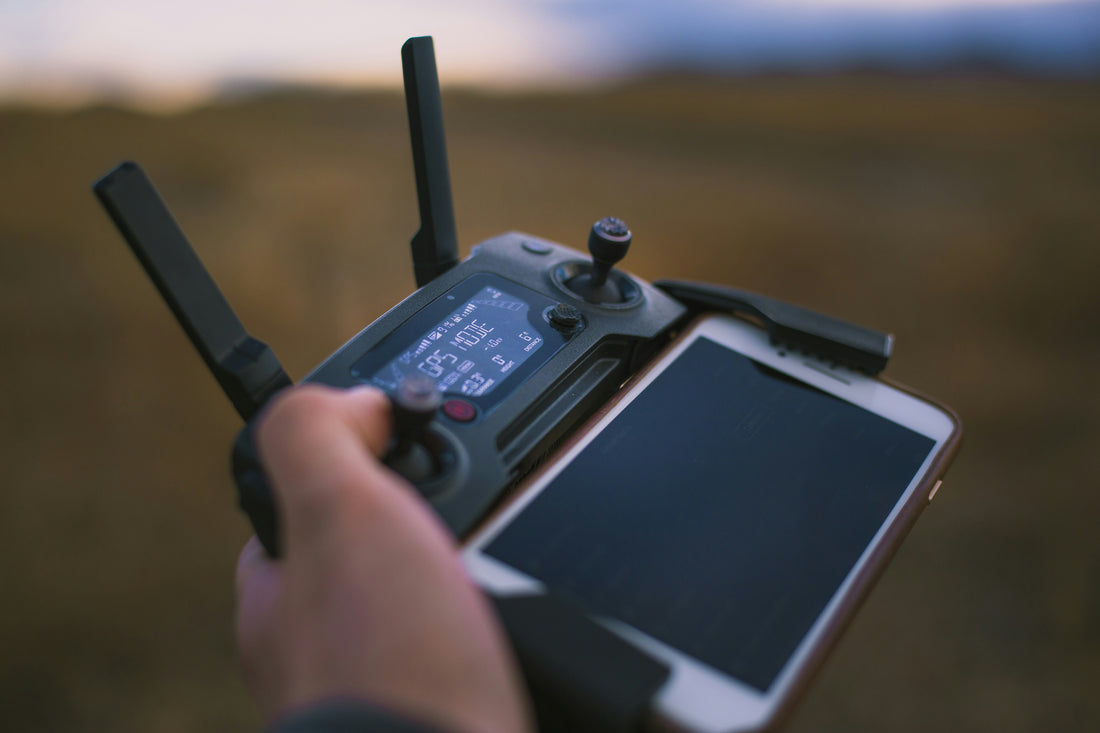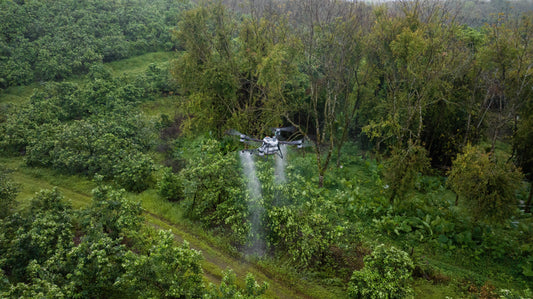
Drone Terminology
Share
Aviation is full of acronyms, so if you are not familiar with them, here is a quick reference on some of the terms and what they mean.
CAA: (Civil Aviation Authority) The Civil Aviation Authority is a Crown entity responsible to the Minister of Transport. They operate within a system established and maintained by the Civil Aviation Act 1990. They are New Zealand’s regulatory authority for all users from large airlines to individual drone operators.
Airways: (Airways New Zealand) is a State-Owned Enterprise established under the State-Owned Enterprises Act 1987. They are responsible for ensuring the safe travel of all aircraft and all airspace users through 30 million square kilometres of airspace. The Airways Flight Information Office provides vital information to aircraft and other airspace users. This includes the maintenance of NOTAMs (see below under other definitions)
Part 101: Part 101 is a CAA rule setting out the general requirements for all users of airspace including large airlines right through to an individual drone operator. It's a bit like the Road Code which applies to all road users from large trucks to motor cycles. On successful completion of your NZ RPAS Pilot Certificate Course (to Part 101 standard) you become an RPAS Certified Pilot which provides you with the knowledge of the rules and allows you to operate within 4 Kms of an airport or heliport (with the approval of the airport operator)
Part 102: Part 102 is a CAA rule which sets out the additional requirements that pilots of Unmanned Aerial Vehicles (drones or UAV’s) are required to comply with if they are operating a drone:
- that weighs more than 25 Kgs or;
- flying a drone at night unshielded (see definitions)
- flying a drone over Dept of Conservation land or;
- flying a drone over property without notification of the property owner
- flying a drone over people without their permission
- Aerial spraying, fertiliser and toxic baits
- Other conditions that CAA may impose from time to time
On successful completion of your NZ Professional RPAS Pilot Certificate Course (to Part 102 standard) you become an RPAS Certified Pilot. You then have the option to operate as a registered pilot operating under an organisation's (or your own) current Part 102 UAOC.
You must fulfil the following requirements before you can fly under Part 102 Civil Aviation rules.
So just to be clear, you must have successfully completed your training from an accredited training organisation and passed both your theory and your practical flight test. Once completed, you will receive an RPAS Pilot Certificate: (Remote Pilot Aircraft System Pilot Certificate) DroneTrust is able to offer this qualification
ALSO
To be able to fly as an RPAS Certified Pilot for a Part 102 UAOC organisation, you must be named as a suitably qualified pilot (as described in previous point), and be approved by the Prime Person and holder of a Part 102 UAOC (Part 102 Unmanned Aerial Operators Certificate) The Part 102 UAOC is normally issued to an organisation or company. An individual can apply for their own Part 102 UAOC but it should be noted that the process can be quite involved. DroneTrust has the expertise and is well positioned to facilitate and guide you through this process. Multiple pilots can be registered and may fly under a Part 102 UAOC once it has been approved for them to do so. The NZ professional RPAS pilots certificate course covers UAOCs in depth providing you with a greater understanding of this topic and how it all fits together.
UAV: (Unmanned Aerial Vehicle) this term includes drones
RPAS: (Remote Pilot Aircraft System). This generally refers to the aircraft itself, software and the controller.
ATTI MODE: (Attitude Mode) Is where your drone’s GPS system is disabled or becomes disabled, resulting in it not remaining in a stable hover situation as a result of external influences such as wind drift. Atti mode requires the pilot to assume manual control of the drone. Some but not all drones have a switch on the controller to go into Atti Mode. You will need to make sure your drone is equipped with an Atti mode switching function when undergoing your practical assessment. Learn more about Atti Mode by watching this video.
RPAS PILOT CERTIFICATE: This is the CAA recognised certificate that is issued to individuals who successfully complete either the Professional RPAS Pilot Certificate Course (Part 102) or RPAS Pilot Certificate Course (Part 101) online as well as completing their practical assessment with one of our registered examiners.
OCA (OPERATIONAL COMPETENCY ASSESSMENT): CAA requires holders of an NZ professional RPAS Pilot Certificate who operate under a UAOC organisation to undergo an annual competency assessment to demonstrate they remain competent and sufficiently skilled in operating their drone to the required level under Part 102 rules and the UAOC.
PART 102 UAOC: (Part 102 Unmanned Aerial Operators Certificate) Issued to business entities, such as companies and sometimes sole traders. Each Part 102 UAOC has an expiry date. Typically, the initial issue is for 12 months and following an audit by CAA, can then be extended up to a further 5 years duration. A renewal process takes place after that, usually at 5 yearly intervals. This is common practice throughout aviation. Attached to a UAOC are various privileges that allows flexibility from operating under the Part 101 rules. Each UAOC is unique and requires customisation that fits the activities of the organisation.
PART 102 EXPOSITION: Is a fancy way of saying, “a series of manuals”. It is the documentation that is approved by CAA when they issue a Part 102 UAOC. It is a live document and therefore should be referred to on a regular basis. Examples of what can be included in the Exposition are: the type of activities outside of the Part 101 rules that the organisation’s pilots can fly under (called privileges), training requirements for pilots, competency checks, standard operating procedures, specific operating procedures for non 101 operations, reporting and maintenance.
PRIME PERSON: It is a CAA requirement to have a nominated senior person who has overall responsibility for the safe operation of a Part 102 UAOC. They are referred to as the Prime Person. Their role is to provide frontline compliance and oversight to ensure all activities a carried out in a in a manner that complies with the conditions set out in their Exposition
ATC: (Air Traffic Control)
ATC clearances: Approvals from a specific Air Traffic Controller to fly in their controlled airspace
NOTAMs: (Notice to Air Missions) is a notice issued for any irregularity within our National Airspace System. It contains information essential to personnel concerned with flight operations but not known far enough in advance to be publicized by other means. NOTAMs are used by all airspace users from Drone Operators to Military Pilots and are issued by Airways New Zealand
AIRSHARE APP: A digital application used to plan and log each flight
LIDAR: a detection system which works on the principle of radar, but uses light from a laser.



